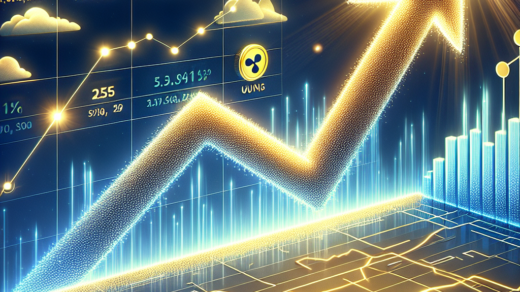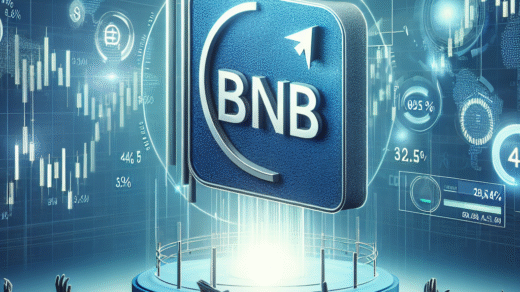In the world of cryptocurrency trading, auto-deleveraging (ADL) can be a vital, albeit misunderstood, mechanism that influences the performance of traders, particularly those engaged in perpetual contracts. This article dives deep into what ADL is, how it functions, and why it is crucial for maintaining market stability.
What is Auto-Deleveraging?
Auto-deleveraging is an emergency mechanism utilized by crypto perpetual trading platforms to manage risk. When the market experiences extreme volatility, and bankrupt liquidations exceed the available market depth, ADL kicks in. Essentially, this system cuts parts of winning positions to maintain the integrity of the trading venue and prevent cascading failures. According to Doug Colkitt, founder of Ambient Finance, ADL acts as a final safety net in a risk management waterfall.
The Mechanics of Perpetual Futures
Perpetual futures, commonly referred to as “perps,” are cash-settled contracts with no expiration date. They are designed to mirror the spot market through funding payments, rather than physical delivery of assets. In a typical trading scenario, profits and losses are netted against a shared margin pool. This unique structure makes it essential for platforms to quickly reallocate exposure during periods of stress to preserve solvency.
The Risk Waterfall Explained
Colkitt explains that under normal conditions, when a trader’s account is liquidated due to extreme losses, the position is sold off into the order book at its bankruptcy price. Should the slippage be too severe, trading venues rely on their buffers—such as insurance funds and programmatic liquidity—to absorb the distressed flow. However, these resources are finite.
When these defenses are exhausted, ADL becomes necessary. It’s essential to understand that ADL is not a punitive measure; rather, it is a structural necessity to prevent the entire market from collapsing under bad debt. As Colkitt likens it to an overbooked flight, when no volunteers come forward, “someone has to be kicked off the plane.”
The Role of Buffers and Vaults
During market turmoil, certain vaults within trading venues can become highly lucrative. For instance, during a recent market meltdown, Hyperliquid’s vault managed to secure about $40 million by buying distressed assets at deep discounts and selling them during sharp recoveries. However, it’s crucial to note that vaults follow the same risk management rules as any other market participant.
How Auto-Deleveraging Works
When ADL is triggered, exchanges apply specific rules to determine which positions will be reduced first. Colkitt outlines a queue system influenced by three primary factors: unrealized profit, effective leverage, and position size. This system often prioritizes large, highly profitable, and highly leveraged accounts. In his words, “the biggest, most profitable whales get sent home first.”
Reductions occur at predetermined prices associated with the bankrupt accounts and continue until the deficit is absorbed. Once the financial gap is addressed, normal trading resumes.
The Frustration Among Traders
Traders often express frustration towards ADL, as it can trim a profitable position at a moment of peak momentum. Colkitt acknowledges this sentiment but stresses that ADL is a necessary mechanism to ensure market stability. In perpetual markets, where cash claims move between longs and shorts without a warehouse of actual cryptocurrency backing the contracts, ADL plays an essential role in balancing the books.
The Importance of Transparency
Colkitt argues that the existence of ADL underscores the structural intricacies of perpetual trading. While these markets create a convincing simulation of the underlying spot market, extreme conditions can expose the limitations of this illusion. Therefore, a transparent queue, published parameters, and on-screen indicators showing account positions in line can enhance traders’ understanding of the system.
Conclusion: The Necessity of Auto-Deleveraging
In conclusion, auto-deleveraging is a critical feature of crypto perpetual trading platforms, serving as a last line of defense against market collapses. While it can provoke strong reactions, especially from winning traders, its role is essential for maintaining the integrity of the market. By ensuring that ADL remains a rarely employed mechanism, exchanges can continue to provide high-leverage options without exposing themselves to unlimited liability.
For those looking to better understand cryptocurrency trading, it is essential to grasp the nuances of mechanisms like ADL. Knowledge is power, and in the volatile world of crypto, being well-informed can make all the difference.
Meta Description: Discover everything you need to know about auto-deleveraging (ADL) in crypto perpetual trading. Learn how this crucial mechanism maintains market stability and the intricacies involved in risk management. Perfect for both new and advanced traders.







